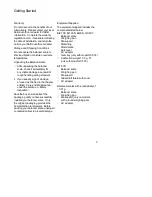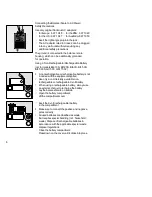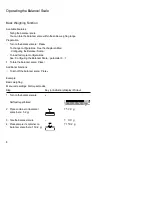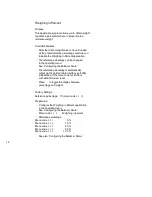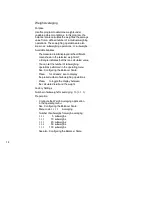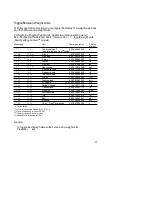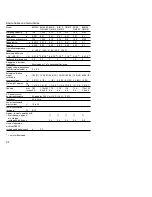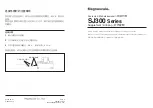
9
Calibration/ Adjustment
*
Always calibrate/ adjust the balance/ scale after setting it up in a new location.
Available Features
Calibration/ adjustment can only be performed when
there is no load on the balance/ scale,
the balance/ scale is tared,
the internal signal is stable.
If these conditions are not met, an error message is displayed.
The weight required for calibration/ adjustment is displayed (see Accessories for
calibration weights; for model GC503 see Equipment Supplied ).
On Basic
lite
balances, calibration/ adjustment can be performed
with any of three weight units: g, kg* * , or lb (menu code
1. 4.
x)
Factory setting: Grams (menu code
1. 4. 1
)
Example
Calibrate the balance/ scale
Menu code settings: Factory-set codes
Step
Key (or instruction) Display/ Printout
1. Turn on the balance/ scale
e
2. Tare the balance/ scale
t
0.0
g
3. Begin calibration
t
>2 sec.
+
1000.0
Calibration weight is displayed
without weight unit (here: 1000 g)
4. Place the indicated calibration
1000.0
weight on the balance/ scale
After calibration, the calibration
+
1000.0
g
weight is displayed with wt. unit
5. Remove the calibration weight
0.0
g
*
Calibration technically means to determine the difference between the balance/ scale readout and the
actual weight on the pan to determine the accuracy.
Adjustment means to bring a balance/ scale into the state of accuracy required for its use.
Therefore, calibration, as used in this manual, actually means adjustment.
* * = not on models with a readability of 0.1 mg




